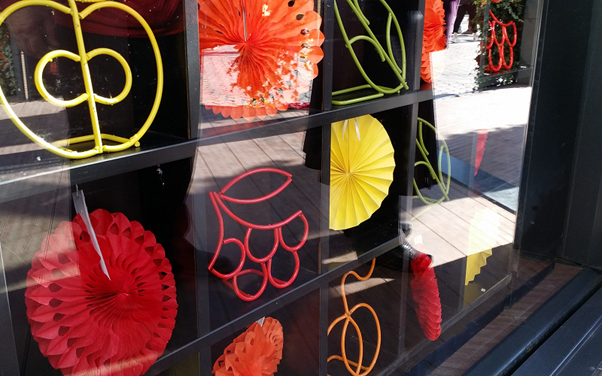Visual merchandising is critical in how consumers perceive a retail brand, influencing foot traffic, guiding purchasing decisions, and helping differentiate one store from another. Visual merchandising displays serve as tools for storytelling, brand communication, and engagement. When supported by thoughtful retail fit-out strategies and aligned with broader brand activation goals, these displays can significantly improve the customer experience.
1. Use Layout to Guide the Shopper Journey
An effective visual merchandising strategy begins with a layout that naturally guides shoppers through the store. Retailers should position focal points at key visual hotspots, such as entrance areas, aisle ends, or near checkout counters. These zones capture attention, introduce new products, and encourage impulse buys. Grouping related products together by theme or category also improves clarity and encourages higher basket value through cross-selling.
This layout planning must tie in closely with the retail fit-out. The physical structure must support smooth flow while directing customers toward highlighted products. Space should feel inviting, not overcrowded. Creating clear pathways with sufficient walking room encourages customers to browse at ease and stay longer. A strategic layout ensures functionality, accessibility, and effective storytelling.
2. Balance Colour, Lighting, and Composition
Colour selection impacts mood, brand perception, and buying behaviour. Visual displays benefit from a focused palette that aligns with seasonal campaigns or the brand’s identity. Bright hues can draw attention to promotional items, while neutral backgrounds help high-ticket or luxury products stand out. Consistency in colour usage across signage, display props, and product packaging reinforces a professional and cohesive brand image.
Lighting further enhances these efforts. Proper illumination draws focus to key items and adds depth to display compositions. Spotlights on hero products, ambient lighting for comfort, and accent lighting to highlight textures or movement are all part of a well-designed plan. Retailers must also consider contrast, proportion, and symmetry when composing displays. These design principles help ensure that customers are not overwhelmed and can absorb the intended brand message quickly.
3. Create Storytelling Displays That Support Brand Activation
Visual merchandising displays that tell a story leave a stronger impression than those that simply show products. A themed visual setup, whether for a new launch, festive season, or promotional campaign, contributes to a larger brand activation effort. These displays help customers connect emotionally by demonstrating how products fit into real-life scenarios. For instance, arranging a holiday table setting or a home office corner encourages shoppers to visualise how items would look in their own spaces.
Storytelling also supports experiential retail, which is now a central focus in many activation campaigns. When combined with in-store events, interactive elements, or demonstrations, visual merchandising becomes a core element of brand engagement. Coordinated signage, product curation, and decor enhance the narrative, making it more memorable and shareable. Every display should drive customer interest, product understanding, and ultimately sales.
4. Update Displays Frequently and Align with Fit-Outs
Stale displays lose their effectiveness quickly. Regularly updating visual merchandising keeps the retail space fresh and relevant. Seasonal themes, monthly promotions, or trending product highlights offer opportunities to rotate displays and maintain customer interest. This approach also signals to customers that the store is dynamic, curated, and responsive to their preferences and needs.
However, updates should align with the underlying retail fit-out. Modular fixtures, movable shelving, and adjustable lighting make it easier to change displays without requiring major renovations. Fit-outs that are designed with flexibility in mind allow retailers to refresh their merchandising more often and with less effort. This design foresight ensures long-term efficiency and helps stores respond quickly to market changes or campaign schedules.
Conclusion
Effective visual merchandising displays rely on a combination of strong design principles, thoughtful layout planning, and alignment with broader brand activation strategies. When supported by a flexible and functional retail fit-out, these displays become powerful tools that drive engagement, increase conversions, and reinforce brand identity. Retailers who invest in well-executed displays stand to benefit from increased sales and a more meaningful connection with their customers.
Transform your retail space into a customer magnet. Contact Dezign Format for expertly crafted visual merchandising and fit-out solutions.
Uchenna Ani-Okoye is a former IT Manager who now runs his own computer support website https://www.compuchenna.co.uk.


